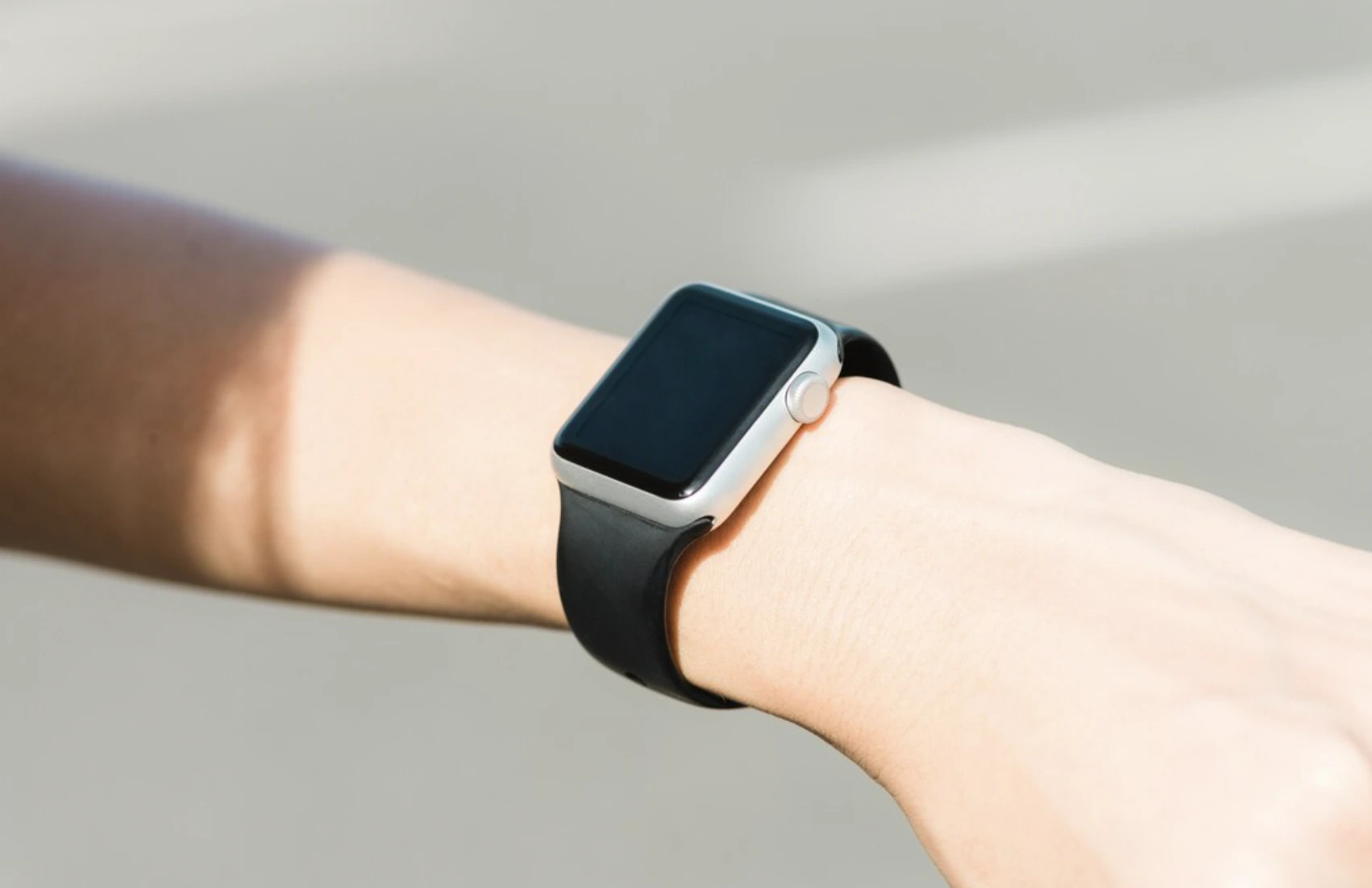
image by tirachardz, from Freepik
Navigation Tech By Haptic Uses Vibrations To Guide Blind Users
In a Rush? Here are the Quick Facts!
- Haptic’s navigation tech offers non-visual guidance for blind and sighted users alike.
- The system uses vibrations to guide users in real-time through a “haptic corridor.”
- Compatible with smartwatches, it leverages existing tech advancements for broader accessibility.
Navigation for people with visual impairments could soon rely on wearable technology that uses touch rather than sight or sound.
Haptic, a technology company focused on developing non-visual navigation, presented its approach yesterday at TechCrunch Disrupt 2024, featuring a “haptic corridor” that uses vibrations to guide users in real-time.
Founded in 2017, Haptic was inspired by a friend of the founders who lost their sight, leading the team to explore tactile-based navigation, as reported by TechCrunch (TC).
The company’s solution relies on a sequence of vibrations, with a steady pulse signaling the correct path and increased intensity indicating when the user veers off course.
Initially designed for Haptic’s own wearable devices, the technology has since been adapted for use with existing smartwatches and smartphones, aiming to leverage advancements in consumer technology rather than competing directly with major tech firms.
“Technology advances while you’re advancing — and smartwatches got better. So, do you want to be in competition with the Googles and Apples out there… or do you want to have them as allies?” said Enzo Caruso, Haptic’s co-founder.
Kevin Yoo, Haptic’s CEO and co-founder, explained that the company’s focus has shifted from product development to expanding its user base. He suggested that partnering with large firms like Google or Uber could bring the technology to a wider audience, as reported by TC.
Yoo envisions the system being used by anyone, not just those with vision impairments, with potential applications in crowded spaces where visual or auditory cues are challenging.
“Google and Apple, telecoms, Uber, governments… all of this is coming together into a common ground,” Yoo noted to TC, as Haptic continues to develop its “hyper-accurate location” technology, with plans to incorporate indoor navigation features in future versions.
Currently, Haptic partners with companies such as Waymap, Cooley, WID, and Infinite Access. Recently, the company signed a contract with Aira, an app that connects visually impaired users with sighted helpers. The integration aims to reduce the need for constant guidance by providing tactile navigation support, noted TC.
Haptic’s business model is based on licensing its software, rather than monetizing its app directly. “We have a free app available to the world, live in 31 countries right now… and we have the licensing and integration model — that’s the business,” Yoo stated, as reported by TC.
Haptic is currently in the process of raising additional funds, which it hopes to use to secure further partnerships with companies such as Uber and T-Mobile, as it continues to scale the technology.


 Previous Story
Previous Story

 Latest articles
Latest articles 

Leave a Comment
Cancel